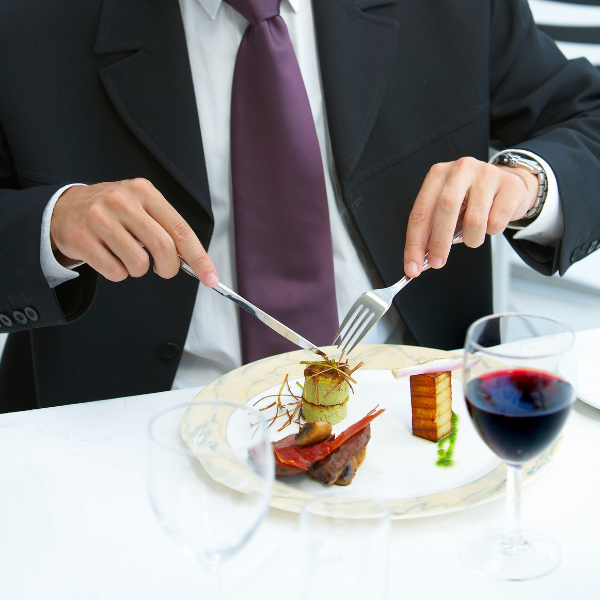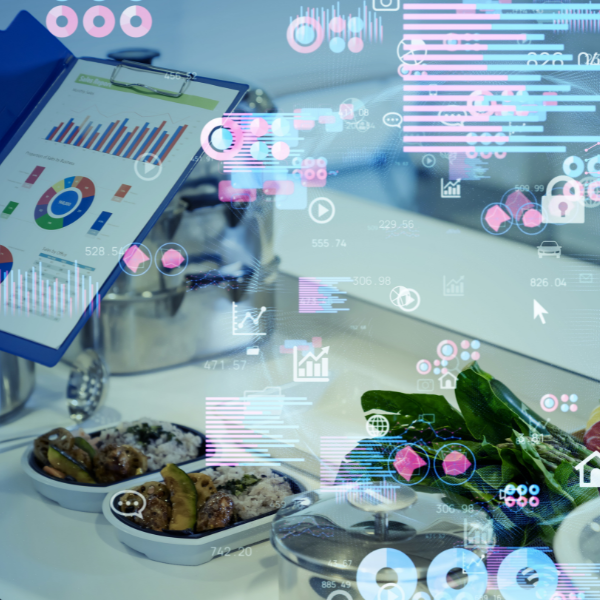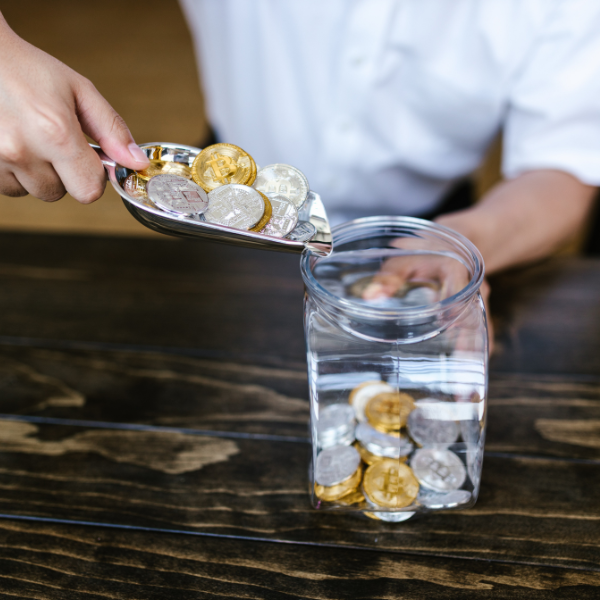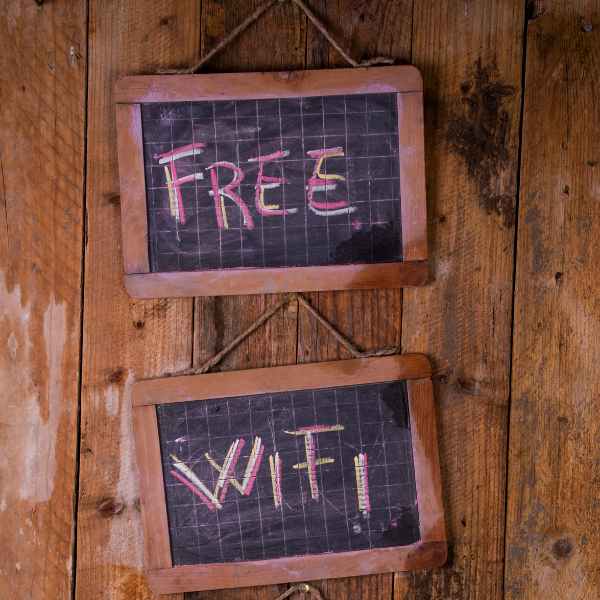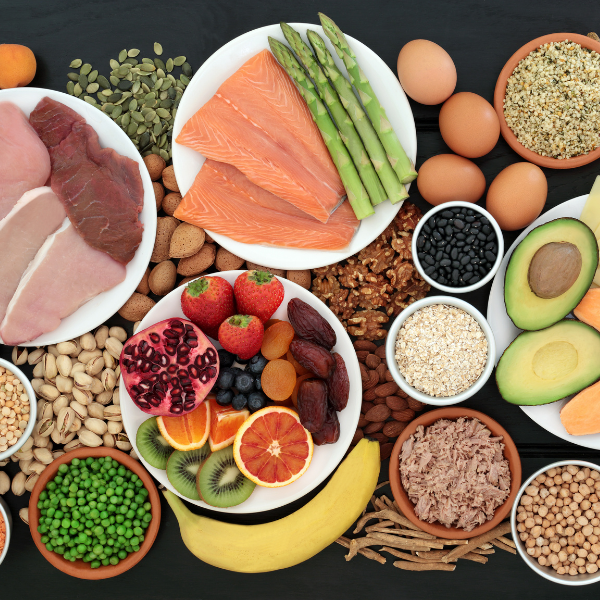As news about COVID-19, commonly known as coronavirus, continues to intensify, industries and financial markets across the world are taking serious hits. Consumers are going out less, staying in, stocking up on essentials, meal prepping, and doing anything they can to plan ahead. The restaurant industry has already experienced a huge plunge in sales at brick and mortar locations, with many reportedly laying off employees or shuttering for the time being.
Although there's still much unknown about the potential impact coronavirus will have, one thing has
become certain for restauranteurs: a surge in take out and delivery orders is inevitable. As consumers
opt to minimize their time spent in public places and limit person-to-person contact, delivery and take
out orders have increased significantly. If you're wondering how your foodservice establishment should
be gearing up to meet the rising demand for delivery orders, this guide will provide everything you need
to know.
1. Stock Up On Supplies
As the coronavirus pandemic panic increases, supermarkets and online retailers are facing shortages as consumers have begun stockpiling dry goods, paper products, and cleaning supplies. This heightened demand for products has extended to the business level, as companies are preparing for the potential for supply chain interruptions and delivery disruptions. For restaurants and the foodservice industry, this means ensuring an adequate supply of non-perishables and disposable supplies such as take out containers, cutlery, and other single-use tableware.
Take Out & Delivery Supplies Checklist
- Large take out boxes, for entrees
- Small take out boxes, for appetizers and side dishes
- Leak-resistant containers, for soups and saucy foods
- Disposable cutlery, including chopsticks, cutlery sets and individual forks, knives, and spoons
- Disposable drinking cups
- Disposable tableware, including plates and bowls
- Paper napkins
- Take out bags
Much of the overall impact that the coronavirus will have on the foodservice industry's supply chain is unknown. However, many organizations are actively monitoring ongoing developments. Consider buying take out products and other non-food supplies in bulk to prepare for the possibility of product shortages. Having a surplus of take out containers ensures that your business will be able to pivot to a take out and delivery strategy if needed. Accordingly, having backups of other single-use foodservice products is essential to help avoid the spread of pathogens.
While deciding on the type of products to stock up on, remember to choose supplies that you'll be able to use in the event that you have excess when the coronavirus wanes. With that thought, if your business typically uses sustainable supplies or places an emphasis on a certain look or aesthetic, make sure the supplies you're ordering in bulk match these standards.
2. Extend Delivery Hours
Recent studies on the coronavirus impact have indicated that consumers are choosing to avoid large crowds or public places and use methods of social distancing when possible. Accordingly, while restaurants are seeing a decrease in in-person sales, many are seeing a spike in take out and delivery orders. To accommodate this rapidly rising demand, it's crucial to prioritize and strategize your take out and delivery services.
- Consider extending your delivery hours. Weigh the potential benefits of opening earlier or closing later to meet the demand for breakfast or late-night delivery.
-
Update your menu on third-party delivery apps. Ensure that your full menu,
including all potential upcharges and add-ons, is available on all of the delivery apps that you
partner with. If any ingredients or menu items run out, make sure that you update the apps to avoid
any order issues.
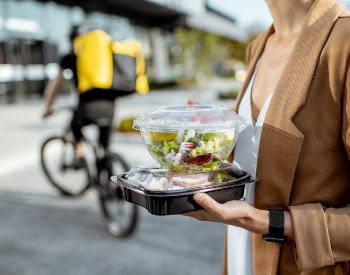
- Run promotions to increase pickup orders. Offer reduced pricing or other incentives to encourage customers to bypass the delivery apps and pick up their orders in person, if appropriate.
The damage the COVID-19 pandemic is currently causing goes beyond physical health, especially when it comes to the service industry. Many restaurants, cafes, and foodservice establishments across the country have already suffered economic lows as coronavirus continues to spread nationwide and throughout the rest of the world.
Prioritizing a take out and delivery-heavy strategy may give restaurants the ability to increase profits in this uncertain time. Independent businesses and restaurants with thin margins that are already struggling to stay afloat must find ways to drive business and increase sales to survive this decline.
3. Switch To No-Contact Delivery
Food delivery can be a necessary lifeline for those choosing to stay at home or self-quarantining to reduce the chances of contracting or spreading the virus. As take out orders increase, your business needs to seek ways to minimize the interactions that take place between staff, third-party delivery drivers, and customers.
Several third-party delivery apps have begun offering no-contact delivery options, which would require drivers to leave orders at the door instead of handing them off directly to customers. Adding this no-contact delivery option, as well as including deliver-to-door and curbside pick-up options, is one of the best ways to accommodate the uptick in delivery orders while practicing social distancing.
By doing so, not only are consumers reassured about the minimized person-to-person contact when they receive their orders, but drivers are also able to reduce the risk of contracting the virus while on the job. Minimizing interactions between customers and couriers also helps speed up delivery times during peak hours to keep orders on-time and boost customer satisfaction.
4. Implement New Cleaning Standards
More than likely, your restaurant already adheres to the strict health and sanitation guidelines required of your business. The advised preventive measures to reduce the spread of coronavirus, like frequently washing hands and sanitizing surfaces, are already practiced by those working in the foodservice industry.
To ensure the safety of your staff and customers, implement more stringent procedures such as increasing the frequency of these existing cleaning standards and adding additional steps like frequently disinfecting all shared non-food surfaces. As many rush to stock up on disposable supplies, consider the importance of stocking up on sanitation supplies as well, including cleaning solutions, sanitizers, disposable gloves, masks, and other janitorial products.
Cleaning & Sanitation Supplies Checklist
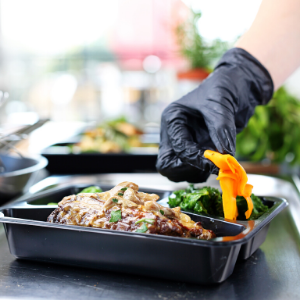
- Face masks
- Hand sanitizer
- Antibacterial soap
- Disposable gloves
- Sanitary wipes
- Antibacterial spray
- Sanitizing and disinfecting solutions
- Spray bottles, mops, and other cleaning tools
During this time, it can be both helpful and comforting to your customers for them to understand the cleaning procedures in place at your business. Share the extra precautions that you're taking on social media, in your email newsletter, or posted on a specials board or somewhere else inside your establishment.
It is also important to retrain your staff on proper sanitation and the necessary measures to uphold the additional cleaning procedures that you implement. Hold a staff-wide meeting to educate them on proper sanitation, share additional information, and provide resources from ServSafe or the CDC if needed. Consider equipping all customer-facing employees with disposable gloves, disinfectant wipes, and face masks to show both your staff and your customers that you care about their well-being as coronavirus fears increase.
5. Take Precautionary Measures For Full-Service Dining
For brick and mortar restaurants, full-service dining is the default approach to operating on a daily basis. But with the threat of possible infection and the rise of quarantine scenarios, customers are less inclined to feel comfortable dining in-person. As your customers are adjusting their day-to-day lives and taking additional precautions, it provides a great opportunity for your business to meet their needs. Preventing potentially hazardous dining conditions during this time is the safest and smartest way to operate your business and show customers that you're taking their safety seriously.
- Eliminate buffets, salad bars, and other self-service stations to reduce the risk of spread.
- Try to avoid overcrowding any areas in your restaurant and add additional space in between tables if possible.
- Enforce strict cleaning procedures to ensure any and all shared surfaces are frequently disinfected.
Discuss with your staff members the possibility of having them pivot their typical job responsibilities to fulfill delivery or take out orders. While many foodservice establishments across the country are facing the real possibility of having to close their doors or cut employees' hours, providing the option to pick up additional hours to assist with delivery services guarantees jobs and keeps your restaurant in good economic standing.
Thinking Ahead
Getting prepared for the growing impact that the COVID-19 virus will have on the food and beverage industry requires the same amount of care and precaution that you are probably taking for yourself outside of work. Staying up to date on the latest information, stocking up on supplies when possible, and creating checklists and back-up plans are essential. Customer-facing industries are poised to take the biggest hit from the coronavirus fallout and it's important to get your restaurant ready to make any adjustments to maintain day-to-day operations.
Meet with your staff to discuss sanitation guidelines, sick day policies, and reassure them of any fears they could be having. Put a pause on looking for new hires to avoid being overstaffed during this time. Find ways to connect with your community and keep your customers informed of all the methods your restaurant is taking to keep everyone safe from infection. Share any updates on operating hours and promotions on your social media accounts, and first and foremost put the safety of your staff and customers first.


